THE town of Gilgandra in Central West NSW is a centre for wheat, cereal crops, sheep and beef cattle farms. Today, it’s famous for being halfway on the inland road route from Melbourne to Brisbane – a journey that will also soon be made by freight trains in the $9.3 billion federal government project, the Inland Rail.
During World War I, a recruitment march to Sydney began in Gilgandra. The marchers would shout “cooee” at each town on the way to attract recruits. It was a very different type of cooee call in November, when more than 200 people impacted by Inland Rail gathered in Gilgandra to share concerns with Deputy Prime Minister Michael McCormack, Member for Parkes Mark Coulton, and Inland Rail CEO Richard Wankmuller.
NSW Farmers has raised concerns that the interests of transport companies seem to be dictating terms in the project, particularly on a 307km section of the proposed route between Narromine and Narrabri that will bypass the existing rail corridor in favour of a route that affects up to 300 properties.
After the meeting, NSW Farmers’ Inland Rail Taskforce chair Adrian Lyons said he offered to work with the government and Australian Rail Track Corporation (ARTC) to help progress the project to reality – subject to more information on the route.
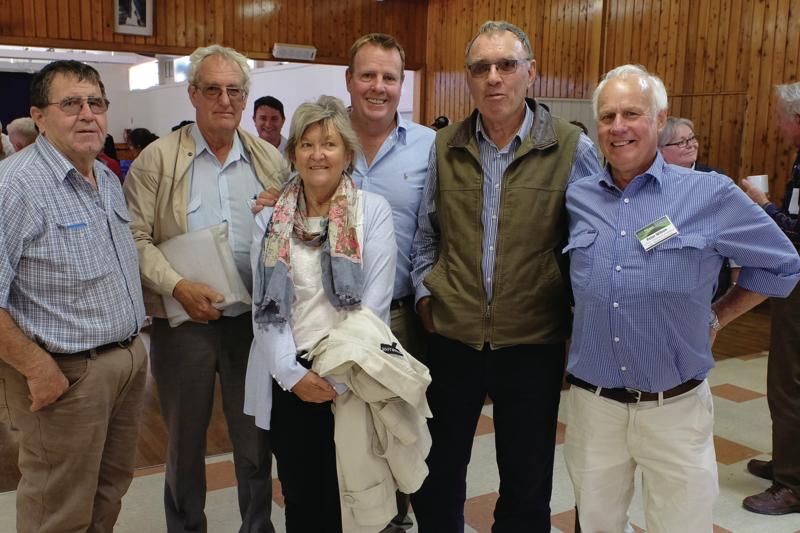 NSW Farmers’ Inland Rail Taskforce (from left): David Carter, Illabo, Ian Uebergang, North Star, Liz Tomlinson, Narrabri, chair Adrian Lyons, Coonamble, Wayne Dunford, Parkes and Peter Wilson, Trangie.
NSW Farmers’ Inland Rail Taskforce (from left): David Carter, Illabo, Ian Uebergang, North Star, Liz Tomlinson, Narrabri, chair Adrian Lyons, Coonamble, Wayne Dunford, Parkes and Peter Wilson, Trangie.
“I offered, on behalf of NSW Farmers, to work with Mr McCormack, the ARTC and the wider government to build confidence around this project and ensure it delivers for agriculture and regional NSW,” he said.
“There was nothing said at the meeting that NSW Farmers has not been outlining for more than 12 months – it remains the case that the community has deep reservations about Inland Rail,” said Adrian.
“The community asked the Deputy Prime Minister whether the government would consider modest adjustments to study areas if the community can demonstrate that a superior outcome can be delivered for landowners and the rail’s service offering.
“The community aired its belief that a short, independent inquiry into the selection of the preferred corridor would give them maximum confidence that all the i’s have been dotted and the t’s crossed.
“It is fair to say the community, from as far south as Illabo and Junee through Narromine, Narrabri, North Star and into southern Queensland, remains deeply unimpressed by the way this project has been managed – people from all of these communities travelled to Gilgandra, a demonstration of their concern.
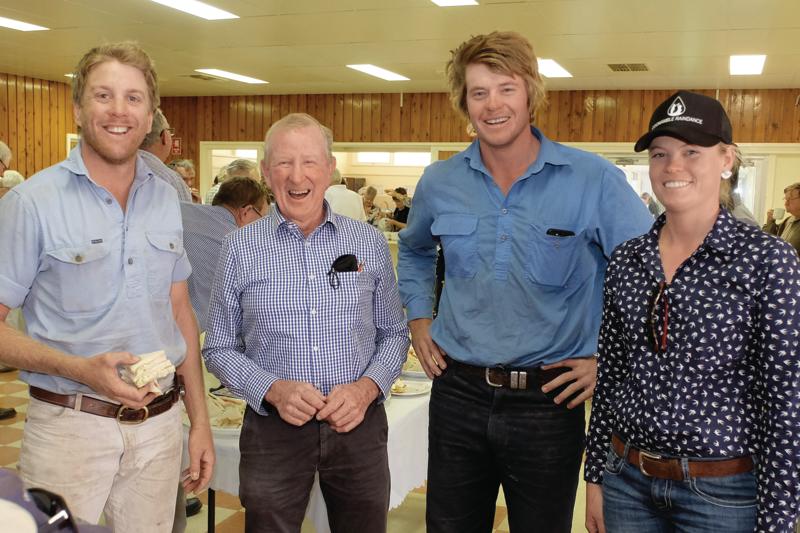 Andrew, Allan, Linden and Tallah Deans from Baradine.
Andrew, Allan, Linden and Tallah Deans from Baradine.
“This railway is a significant investment in regional NSW. It behoves all of us to ensure we invest taxpayers’ funds wisely – without community support for this long-overdue project, it risks being derailed before it gets going,” Adrian said.
RELATED ARTICLES:
-
NSW Inland Rail route remains a hot debate
-
The big Inland Rail questions answered
-
We all want an inland rail network. But does it need to cut through 300 farms?
CONCERNED FARMER HAS TO PUT RETIREMENT ON HOLD
Noeline Lummis - Curban, Central West NSW
My husband Gordon is 81 and I’m 75. Our lives and retirement has been on hold for over eight years, after finding out by accident our properties, Wilga View and Waverley Downs, Curban, are in the study corridor [for the Inland Rail route]. With our succession plan in place in 1983, we purchased Waverley Downs for our son, Kent, and have survived high interest rates, droughts and floods since then.
“The proposed track is to pass through both farms very close to both houses. It will make Kent’s place unviable and unliveable. There are five in Kent’s family including a toddler and four are asthmatics.”
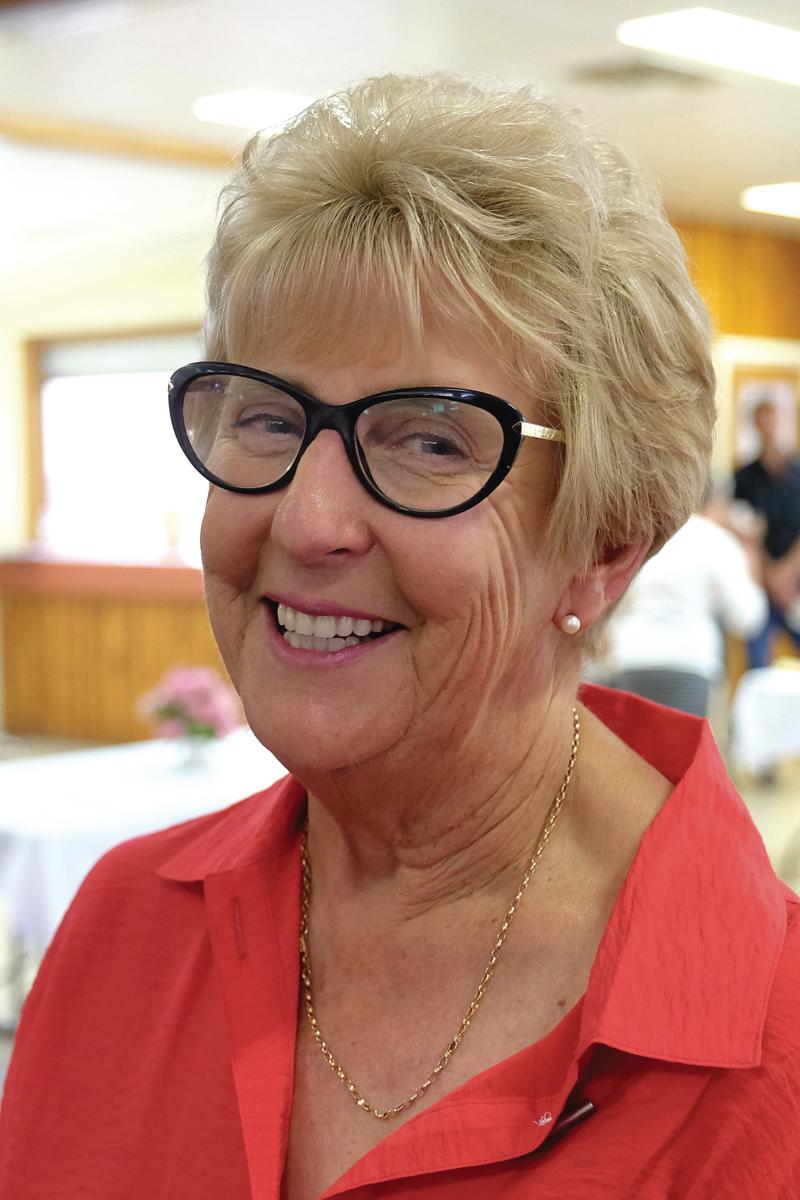
Our main grievance is that nobody has been held accountable for the route selection between N2N [Narromine to Narrabri]. We have had a revolving door from the top of ARTC to the bottom and the same with the government. Once a decision is made, they are replaced.
It was interesting watching the Senate Estimates inquiry, where [ARTC chief executive] John Fullerton was questioned. We gained from that, the Inland Rail project is being driven by, and for, big business. We were concerned to hear there was no socio-economic study even considered necessary in the proposed greenfield corridor. That alone shows the importance to the government of the affected landholders, and why we feel we are being treated as collateral damage.
We appreciate NSW Farmers has been working on our behalf to get the answers we deserve. We believe the only option is to hold an independent inquiry and make someone accountable. If the current corridor is proved to be the best option, we will have to live with it.
FARMER FIGHTING TO PROTECT HIS LAND FROM BEING DIVIDED
Robert Mackay- Boggabilla, North West NSW
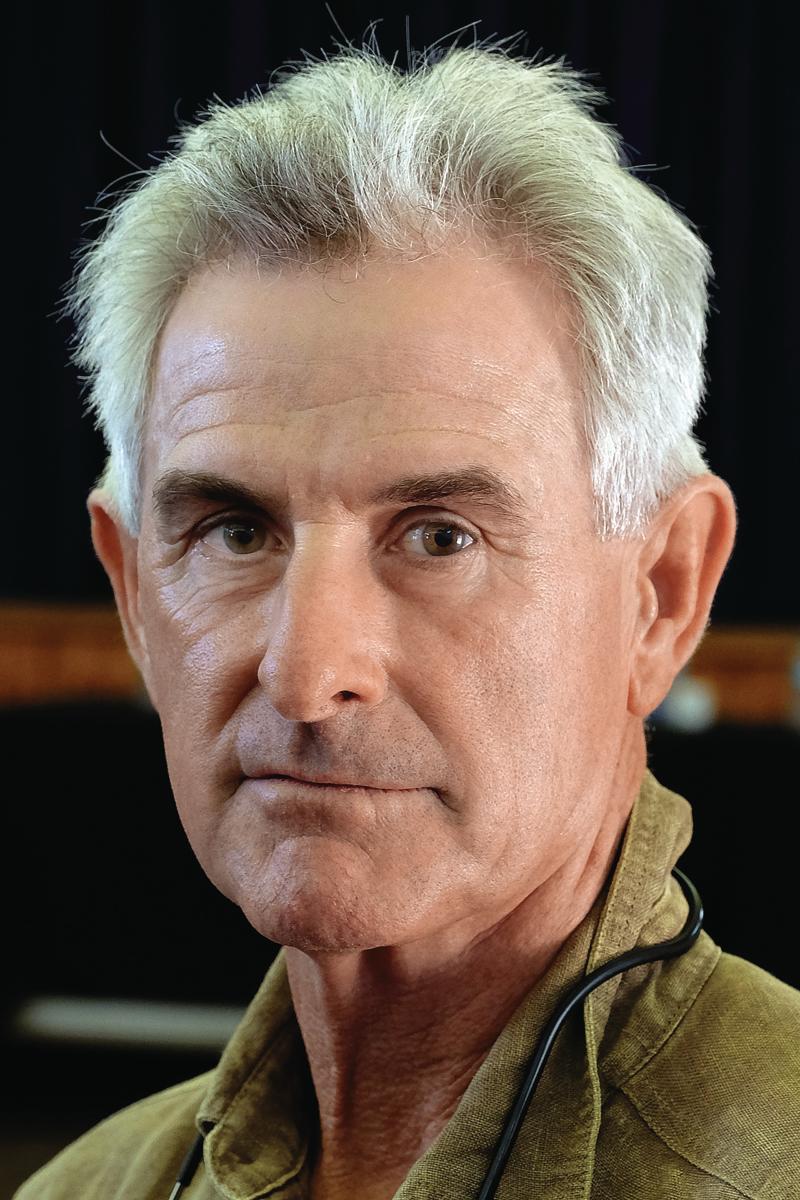
I am an affected landholder on the NSW-Queensland border faced with the prospect of a railway track up to 5m high cutting my grazing property into four portions. I support Inland Rail and all it has to offer. That said, I have issues which I’ve raised on numerous occasions with the ARTC staff, without receiving satisfactory answers.
My biggest concern is the route selection. ARTC has consulted with the local community and all affected landholders, who provided sensible advice regarding flooding, high ground, river crossings and economic opportunity. ARTC then chose to disregard that advice and proceed with an alignment that crosses the Macintyre River right below the junction of the two biggest rivers in the area. This position is also adjacent to the largest off-take from the Macintyre River, which is the Whalan Creek. Add to this the Toomelah Aboriginal community [with over 200 people] sandwiched in a 2km area between the river junction and the Whalan Creek off-take and you have a recipe for a flooding disaster.
A viable, much safer alternative route exists to the west and has been agreed upon by all affected parties including Moree Plains Shire Council and Goondiwindi Regional Council, yet ARTC seems reluctant to give this the consideration it deserves. The continual turnover of ARTC staff has hindered the continuity of the project. As soon as we build a working relationship with a member of ARTC, they seem to disappear. The early stages of the project have been poorly thought out and badly delivered, leaving well-meaning ARTC staff with a poisoned chalice many have been unable to bear.
“This is a project in which route selection is of the utmost importance considering the track will be here for hundreds of years.”
Common sense and local knowledge have a huge part to play in this issue and must not be dismissed lightly as has been the case so far.
GRAIN FARMER WANTS CLEAR ECONOMIC BENEFITS
Ed Colless- Walgett, North West NSW
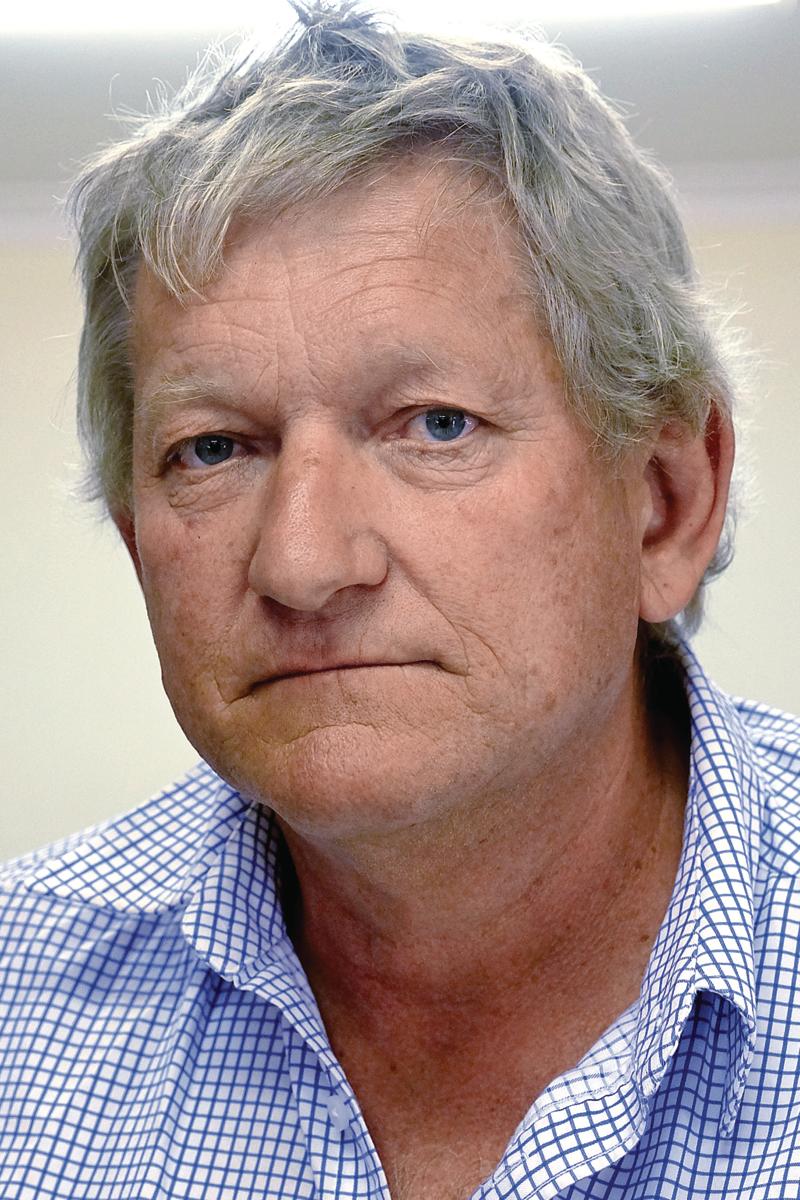
I congratulate NSW Farmers and the committee on organising the meeting. We’ve got people here from the Queensland border to the Victorian border. It has been civil, the tone focused and certainly not unruly. The questions asked have been very logical, while some responses perhaps have lacked specifics.
“I think it was good to have the meeting. Yes, there will be farm impacts but there are other impacts of efficiency that we just can’t see. We can’t see the vision, only the line on the map of the proposed route.”
I’m trying to make some sense of grain movements in the future. This is supposed to revolutionise transport logistics in agriculture, but no-one can show me how this will be achieved. All we can see at the moment is a railway line from Melbourne to Brisbane to move consumer freight.
As far as moving agricultural produce, particularly grain, we can’t see the economic benefits. If it’s not done effectively, more and more grain will be moved by road rather than by rail. I can see instead of consumer trucks going from north to south, we’re going to have grain trucks more and more moving from west to east.
No-one can offer us a vision of what the new grain cost paths might look like and that concerns me. I appreciate ARTC has the role of building a rail line and is not directly responsible for ensuring other aspects of the grain cost path tie in efficiently. We were told a basic tenet of the line was to take the train to the grain, but from Narromine to Narrabri it appears that the line is actually getting away from the grain. What then will be the cost paths for grain from farm to port?
Inland Rail has thrown a ballpark figure of $10 a tonne saving, but that’s insufficient. We need a line that will do grain to port and pursue world’s best practice and this line just doesn’t appear to do it. The complete picture of the total cost and savings targets for the total system appear to have escaped the attention of the Deputy Prime Minister.
DEPUTY PM SPRUIKS BIPARTISAN SUPPORT FOR INLAND RAIL
Michael McCormack- Deputy Prime Minister and Minister for Infrastructure, Transport and Regional Development
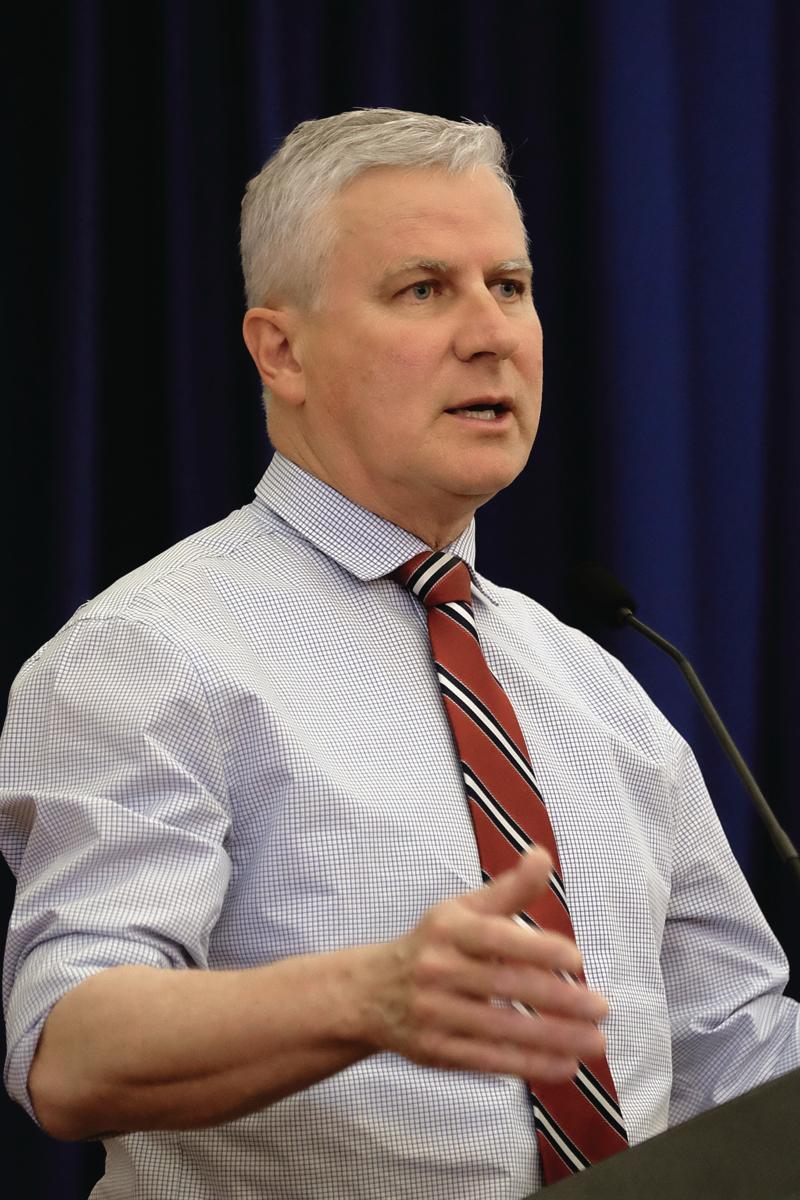
This public meeting provided a firsthand opportunity to hear local landholders’ concerns about the preferred proposed route for Narromine to Narrabri. This segment of the 1,700km rail line will require 300km of new track being built to achieve the fastest travel time from Brisbane to Melbourne, to maximise efficiencies.
“As project planning progresses, the proposed 2km corridor will be reduced to 40-60m next year, meaning many of the current concerns won’t be realised.”
Coming from an intergenerational farming family, I understand the stress and strain some people are under and the need to hear their concerns.
The Australian government and ARTC are maintaining engagement with the local community during the Inland Rail’s planning and construction – not just in the Central West region of NSW.
Inland Rail has bipartisan political support, due to boosting future access into domestic and international markets for many farmers and farming communities, to help capture broader commercial and employment opportunities. Due to multiple nation-building advantages – such as reducing freight costs by an estimated $10 per tonne while easing road congestion and improving road safety – many have urged us to get on with construction which we are doing, while continuing to engage with and understand the concerns of local communities.
ARTC WANTS TO RE-ENGAGE WITH COMMUNITY
Richard Wankmuller - CEO, Inland Rail
I want to let those in the Narromine to Narrabri area to know we heard them loud and clear – they want us to do better and keep them better informed, as well as be more responsive and work closer with them wherever possible.
We will do this. We are now resourced up and have good proven leadership in place, and now is the time. The time to get to the next level, not just for the country as a whole but specifically for regional NSW and the local communities all along the way.
“When we re-engage next, we will help explain how the route that we are building not only meets the business case for a world-class supply chain capability, but also how it will directly benefit the regional Australia communities.”
These markets and the people that work in them sorely need an economic boost with more options in meeting their freight demands to help make their businesses more resilient.
Inland Rail is a vital piece of this equation, and I am proud to be working to help provide an outcome that will benefit so many people across this nation.